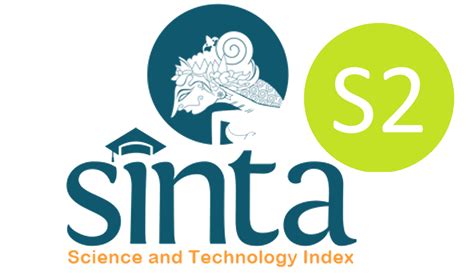Jurnal Pendidikan Geografi: Kajian, Teori, dan Praktek dalam Bidang Pendidikan dan Ilmu Geografi
Abstract
Field study is a crucial learning tool in Geography as it provides numerous opportunities for learners to observe, listen, inquire, gather data, and explore phenomena more freely. This study evaluates the effectiveness of field studies in enhancing the ability to describe natural and cultural landscapes, as well as proficiency in reading maps. It used a quantitative descriptive method, while the data collection was performed using a questionnaire. Effectiveness analysis compares students' understanding of mapping materials, landscapes, and cultural landscapes before and after implementing field study activities. The research findings suggest that field study is highly effective in aiding learning, specifically in the skills related to mapping, as well as comprehending natural and cultural landscapes. This is evident from the significant improvement in students' understanding levels after implementing the field study. In mapping and understanding natural and cultural landscapes, there is a 40 percent increase in comprehension levels, progressing from a lower understanding level to moderate, reasonable, and excellent levels. The research results also indicate that field study activities fulfill the experiential learning cycle proposed in Kolb's Theory. Besides, field study provides meaningful experiences and enhances various skills of students, particularly in recognizing geospheric phenomena like natural and cultural landscapes using a spatial approach, in harmony with advancements in geographic information technology.
Recommended Citation
Noviani, Rita; Marfu’ah, Istiyanti Nur; Tjahjono, Getur Adi; and Wijayanti, Pipit
(2024)
"The efficacy of field study in augmenting proficiency in mapping and comprehending natural and cultural landscapes,"
Jurnal Pendidikan Geografi: Kajian, Teori, dan Praktek dalam Bidang Pendidikan dan Ilmu Geografi: Vol. 29:
No.
2, Article 5.
DOI: https://doi.org/10.17977/um017v29i22024p169-184
Available at:
https://citeus.um.ac.id/jpg/vol29/iss2/5




